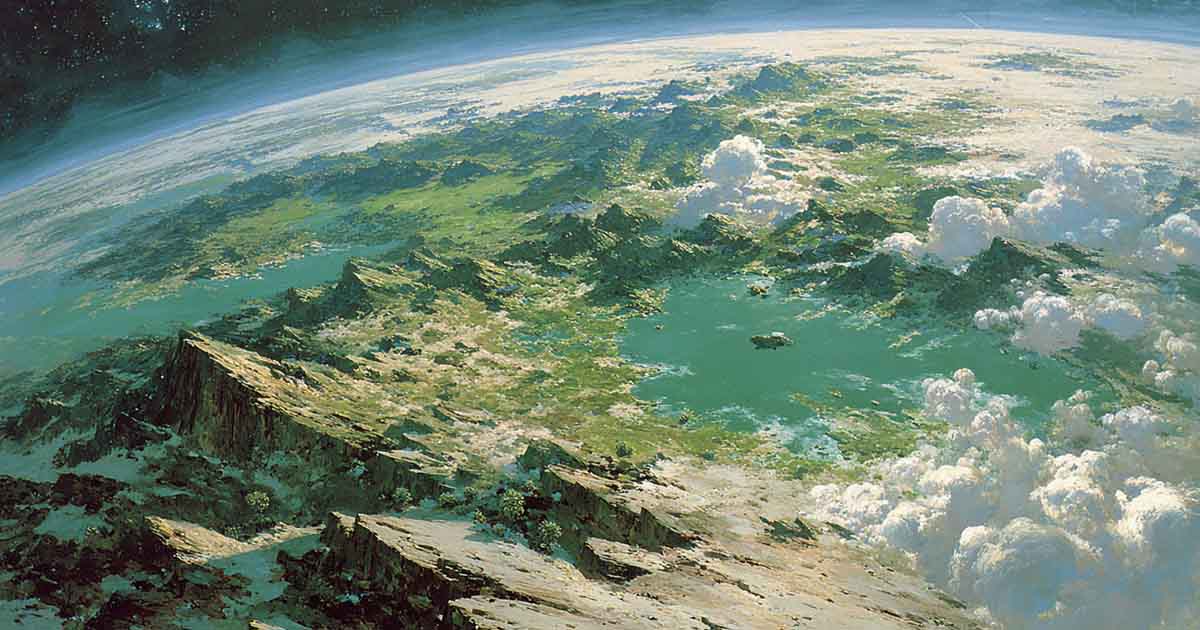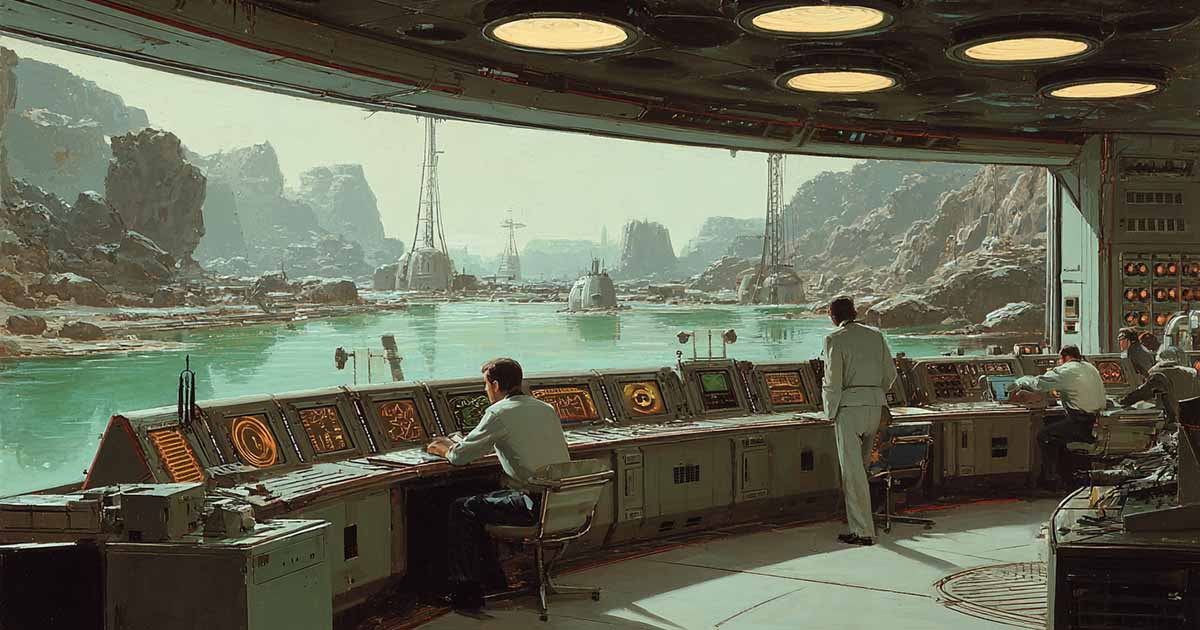What Is Terraforming in Science Fiction?
Terraforming in science fiction explores humanity’s effort to reshape alien worlds, raising questions about survival, ambition, and whether changing a planet means repeating the same mistakes.

Terraforming is the process of altering an alien planet's environment to make it habitable for human life.
In science fiction, it typically involves transforming the atmosphere, temperature, terrain, and ecology of a world so that humans can breathe, grow crops, and build settlements. The term combines "terra," meaning Earth, and "forming," implying reshaping. In short, it means making another world more like home.
The Core Idea
At its heart, terraforming is a survival tactic. It imagines a future in which mankind outgrows Earth — or ruins it — and must prepare other planets for habitation. Instead of adapting ourselves to the cosmos, we reshape the cosmos to suit us.
Science fiction uses the concept to explore humanity's ambition, arrogance, and ingenuity. Sometimes, terraforming is presented as a noble undertaking. Other times, it is portrayed as reckless, invasive, or tragic.
Early Examples
The idea of terraforming appeared long before the term was coined. Stories from the early 20th century featured engineers melting polar caps on Mars or releasing oxygen into alien atmospheres. These early tales often reflected the spirit of their time—a belief in progress, mastery over nature, and the manifest destiny of mankind beyond Earth.
The term "terraforming" itself entered science fiction literature by the 1940s and became popular in the decades that followed.
In works like "Red Mars" by Kim Stanley Robinson, terraforming is treated as a long-term planetary engineering effort. In "Dune," the desert planet of Arrakis holds dreams of ecological transformation, though cultural and political forces resist it. In "Aliens," it is a corporate operation, carried out for profit, with little concern for local consequences.
Methods and Mechanics
Science fiction presents a wide range of terraforming techniques, often blending real science with creative speculation:
- Atmospheric processing – Machines or microbes convert carbon dioxide into oxygen.
- Orbital mirrors or greenhouse gases – Used to warm up frozen worlds like Mars.
- Genetic engineering – Plants or algae are modified to thrive in alien conditions.
- Planetary bombardment – Comets or asteroids are redirected to seed oceans or stir tectonic activity.
These methods are rarely explained in full detail. That's not the point. Terraforming in fiction is less about scientific feasibility and more about what it says about human intention.

Themes of Ownership and Control
Terraforming raises questions of ethics and ownership. Who decides how a planet should be shaped? What happens if life—native or not—already exists there?
Some stories portray terraforming as an act of violence, an erasure of alien ecosystems. Others show it as mankind's last hope. In both cases, the act reflects something deep about the human desire to control and the fear of the unknown.
Terraforming also mirrors colonial thinking. A barren or hostile planet is "claimed," altered, and repopulated. It becomes a canvas for human ambition, often without regard for what was there before.
The Long View
In most fiction, terraforming takes decades or centuries. That timeline is important. It makes the process generational. It forces characters to think beyond themselves. In doing so, terraforming becomes a symbol of hope and patience—or sometimes, of obsession and futility.
Stories that focus on long-term planetary change often ask what kind of civilization would attempt such a thing — and what kind of people would live knowing their grandchildren might walk a different world.
A Signature Concept
Terraforming remains one of science fiction's most iconic ideas. It offers a spectacle on a planetary scale. But more than that, it offers a lens through which to examine who we are, what we value, and what kind of world we think we deserve.
When we change a planet, science fiction asks—do we change it for the better, or do we just bring our flaws with us?

